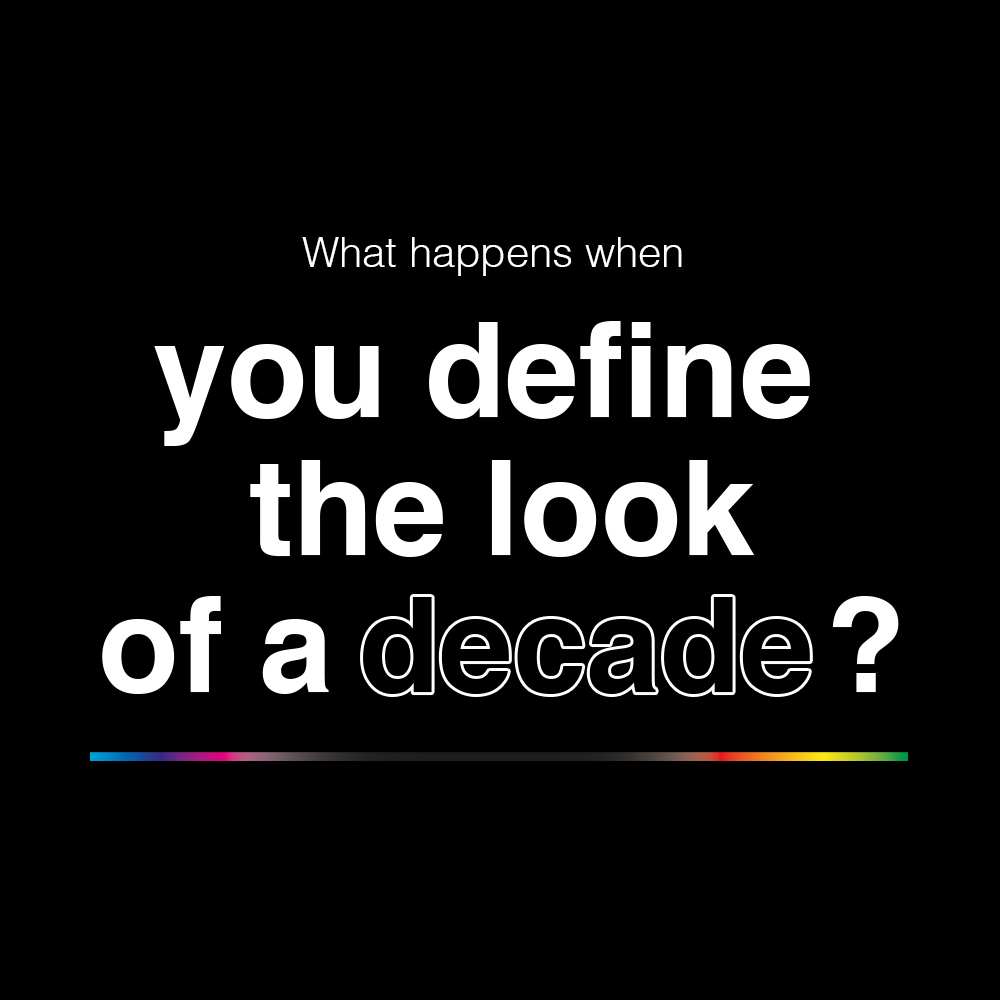For the first episode of Campfire’s Meet The Creators, we were delighted to be joined by Malcolm Garrett MBE. An iconic graphic designer, he is also the Creative Director and a Co-Founder of the annual Design Manchester Festival.
Malcolm originally made his name as a second-year student designing albums for the Buzzcocks – including the iconic cover for the Orgasm Addict single.
This propelled him into a hugely successful career in the music industry and in digital design – work he was recognised for earlier this year with the award of an MBE.
So, what happened when we caught up with him at Meet The Creators? Below is the first part of our conversation with Malcolm about his time creating design work for some of the biggest names in music.
Exploring Malcolm’s greatest hits
For Malcolm, it all began with the Orgasm Addict single sleeve in 1977. “I designed it with fellow student Linder Sterling,” he says. “It’s now 43 years old and remains a reference point for people.”
“I was never really interested in a record sleeve as being just a kind of shop window; like a mini gallery,” he continues. “I was interested in the construction of the record sleeve. So, if you look at most of my work, you can see I’ve always taken the view that the back is the front and they both work together.”
He also explains that there’s no right way up for the sleeves he designed. “The record that goes inside it definitely doesn’t have a right way up,” he says. “It doesn’t even have a side one and two. With the Buzzcocks, all of the singles were Side A and Side 1.”
“The most important thing to remember is that the record is not the content. The sound that’s on the record is the content. So, my challenge to myself was always to create a visual representation of a sound and – by extension – a musical culture.”

Exposing the design process
Malcolm’s creativity didn’t stop at the immediate packaging for each record. Far from it. “It’s not just about the sleeve itself. It’s about what you can do with the sleeve,” he says. “I was always interested in exposing the process in the music industry, so the first Buzzcocks album came in its own carrier bag. Your record came in your own Buzzcocks carrier bag.”
And what was on the outside of the bag? “It doesn’t show you the title of the album, it says you’ve bought ‘Product’,” Malcolm explains. “And the product is known by the catalogue number, so the catalogue number was the name featured – that’s the real title of the album.”
“Then, in the advertising, we played with the language of commerce. We took apart the United Artists logo and explored the whole notion of what the sales process was about.”
“In summary, that is kind of how I treated my work in the music industry. Playing with the package, playing with the extension of where the package can take you, exposing the process and looking at the realities of the commercial world.”

Building new worlds within music
Probably his best known design is the sleeve for Duran Duran album Rio, which came out in 1982 – five years after his work with the Buzzcocks.
“We enjoyed a long and healthy career working with Duran Duran (and other bands such as Simple Minds),” he says. “What we were doing with music then was always about creating and defining a visual world in which the fans operated and could come to understand.”
He points to the Duran Duran board game ‘Into the Arena’ as an example of this world-building in action. “This, in itself, is building and extending the world around Duran Duran,” he explains. “The film ‘Arena’ goes literally behind the stage of the live Duran Duran tour and explores the world beyond.”

Telling stories with design
In 1981, Malcolm was approached by the Editor of New Sounds New Styles, a companion to magazines of the time that were documenting the New Romantic movement in music.
“I was invited to design the magazine by the Editor Kasper De Graaf,” he explains. “In designing the magazine and changing each of the 64 pages from month to month, I built a brilliant relationship with Kasper – and I still work with him to this day.”
“Although he was a writer, he understood that words are images. Although I was a designer, I understood that images are a language,” he says. “So, we shared this exploration of how you present information – visual and typographic side by side – to tell a story.”
“This was a pivotal point for us because I had to draft in three or four other assistants to help me each month, and that was really the starting point for me developing my studio Assorted Images.”
See our full conversation with Malcolm Garrett below and watch the first episode of Meet The Creators on-demand, here.
Designed for anyone in marketing, sales, emerging tech or simply those interested in all things creative, Meet The Creators is a monthly show that gives you a shot of inspiration and explores new ideas.
Episode 2 went live on November 19th with legendary DJ, producer and artist Justin Robertson. Discover more, here.
Related Posts
Meet The Creators: Discussing design with Malcolm Garrett MBE and more…
Get a shot of inspiration from the first episode of our new Campfire show as Malcolm Garrett MBE joins our guest panel of creators


